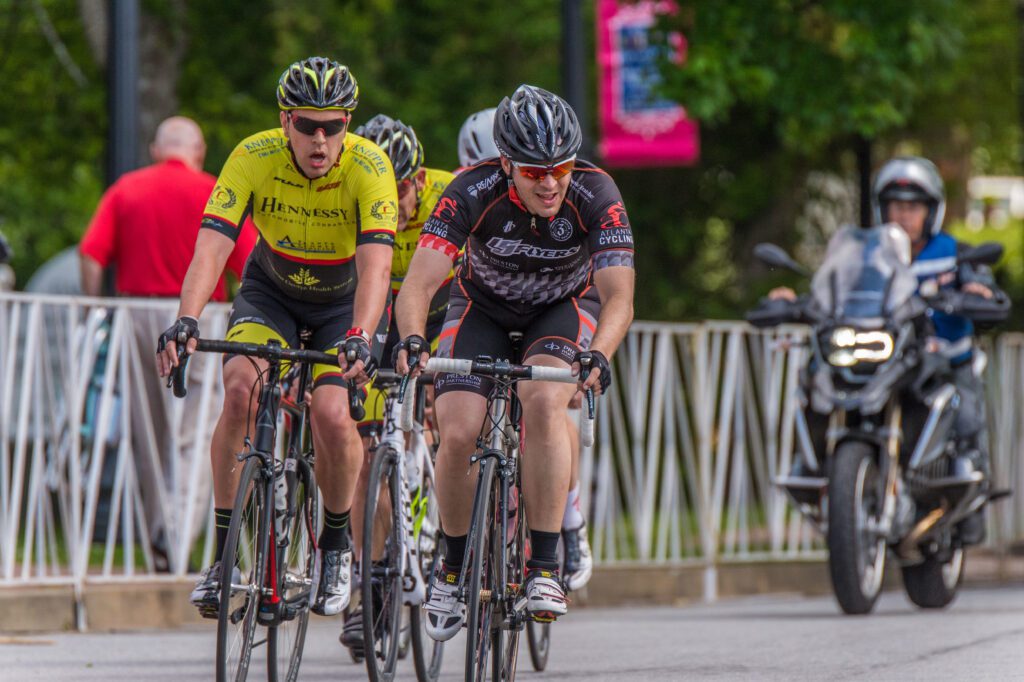We know that nonverbal communication is the most powerful way to communicate because it is the type of communication we use the most daily.
Much research has been done using eye-tracking technology to see how people react to websites, newspapers, and television. Those research projects consistently show how visuals that do more than just window dressing communicate more quickly and effectively than words alone.
We must spend years learning to read and write a language, but we need no training to understand a photograph.

There can be no words without images.
— Aristotle
More than any other technological innovation, computers are responsible for the explosion in images. Today, 20 percent of the U.S. population can use a computer. But 80 percent of school-age children have learned to become computer literate. By the turn of the century, Sculley predicts that 98 percent of all the words and pictures created in the world will be computer mediated. By that time, virtual reality — the ultimate fusion of computer and television technologies in which viewers become active users of the medium — will be inexpensive and accessible.
— Professor Paul Martin Lester, Ph.D., Department of Communications, California State University
Educational psychologist Jerome Bruner of New York University cites studies that show persons only remember ten percent of what they hear, 30 percent of what they read, but about 80 percent of what they see and do. When all members of society whether at home, in school and on the job learn to use computers for word and picture processing, the switch will be made from passive watching to active using. There will no longer be the barrier between the two symbolic structures. Words and pictures will become one, powerful and memorable mode of communication.
Visual forms of communication grab the attention of today’s audiences. Graphic representations such as diagrams, charts, tables, illustrations, and photographs not only catch the eye; they draw the viewer into the presented information.
Corporate communication departments that took advantage of this visual revolution early on are today’s leaders in the communication field. They saw this “explosion in images” coming and jumped aboard.
Endless, long blocks of type spreading across pages are rarely read. Early editors discovered a visual tool that cured this ill… they broke the copy into short, more manageable paragraphs that didn’t intimidate or bore their audience.
Today, many no longer read traditional texts. Just taking brochures from the past and posting them on the web will not get the message out.
Okay, if it’s true that professional use of visuals will improve communication, and if expertise in this area seems like a foreign language… what then?

We’d probably take classes to learn a foreign language, so to become proficient in using visuals, perhaps we should study art, photography, or theater at the local community college. This is one way to learn how the masters in these fields used visuals. Mr. Bean was a British comedy television series starring Rowan Atkinson. Bean, an almost silent character, used physical comedy to entertain. The series did well internationally because words were not crucial to the show’s success.
Instead of brainstorming, an idea tries playing a game of Charades to express what needs to be communicated about that idea—the game forces thinking in visual terms. Pictionary is a board game where teams try to guess specific words from their teammates’ drawings. More than Charades, Pictionary requires forming mental pictures. Both games provide a fun way to practice visualization.

Here are Ten Tips to consider when thinking about using images:
- Humanize – Illustrate how products affect people. For example, to show how small something is, put it in someone’s hand rather than using a ruler. If something improves lives – show it by doing just that. Today the trend is to use a more photojournalistic approach or, at least, to make it look like a photojournalist. To ensure genuine expressions, give it enough time, and it can become real.
- Good Lighting – Sometimes, the natural light is perfect. Cut the flash off and use a higher ISO for the available light. Remember that whatever has the most light will become the main subject.
- Try Black & White – Some war photographers feel that color may make even war look pretty. Black and white is an excellent way to focus attention on faces and graphics.
- Get Closer – Almost any photo will be better closer up.
- Watch the background – Look around the subject. Be sure nothing is growing out of a head or sticking in from the edge of the frame. Use a shallow depth-of-field like ƒ/2 versus ƒ/16 to make your subject stand out from the background. If the location helps tell the story, increase the depth-of-field by using f16 or f22 or vary the background between fuzzy or sharp.
- Consider a worm’s eye view or the bird’s eye view – Shoot low or high above the subject. Change the camera’s height to the subject; avoid taking all the photos from standing.
- Variety – Make plenty of photos from different angles. In addition to zooming, get closer and farther away from the subject. Make wide-angle and close-up photos. Try some without flash, some with direct flash, and some bounced flash.
- Give it time – Make a few photos, then stop for a few minutes. Let the subject get used to being photographed. After a while, they’ll relax, and great images will happen.
- Action and posed –Show the subject doing what they do. Let the person do their job and take lots of pictures. Then, pose them for a good portrait, not just a headshot, but an environmental portrait showing their work environment or signage of the place they work in the background or foreground.
- File Size Matters – You can always downsize an image but can’t do much to upsize the image. Many think they can get more pictures on their SD or CF card by changing the file size, and you can. The problem is that unless you ever plan to use the photo for more than an avatar or profile picture on Facebook, you cannot make prints or use it in printed pieces. Use RAW or at least the highest JPEG at the most refined setting possible for your camera. You might have to find the owner’s manual to do this for your camera.

Many other ways than these can improve visual communication. Like everything worth doing, visual skills come from doing… from practice.
Think about it this way: Who will SEE your message today?

